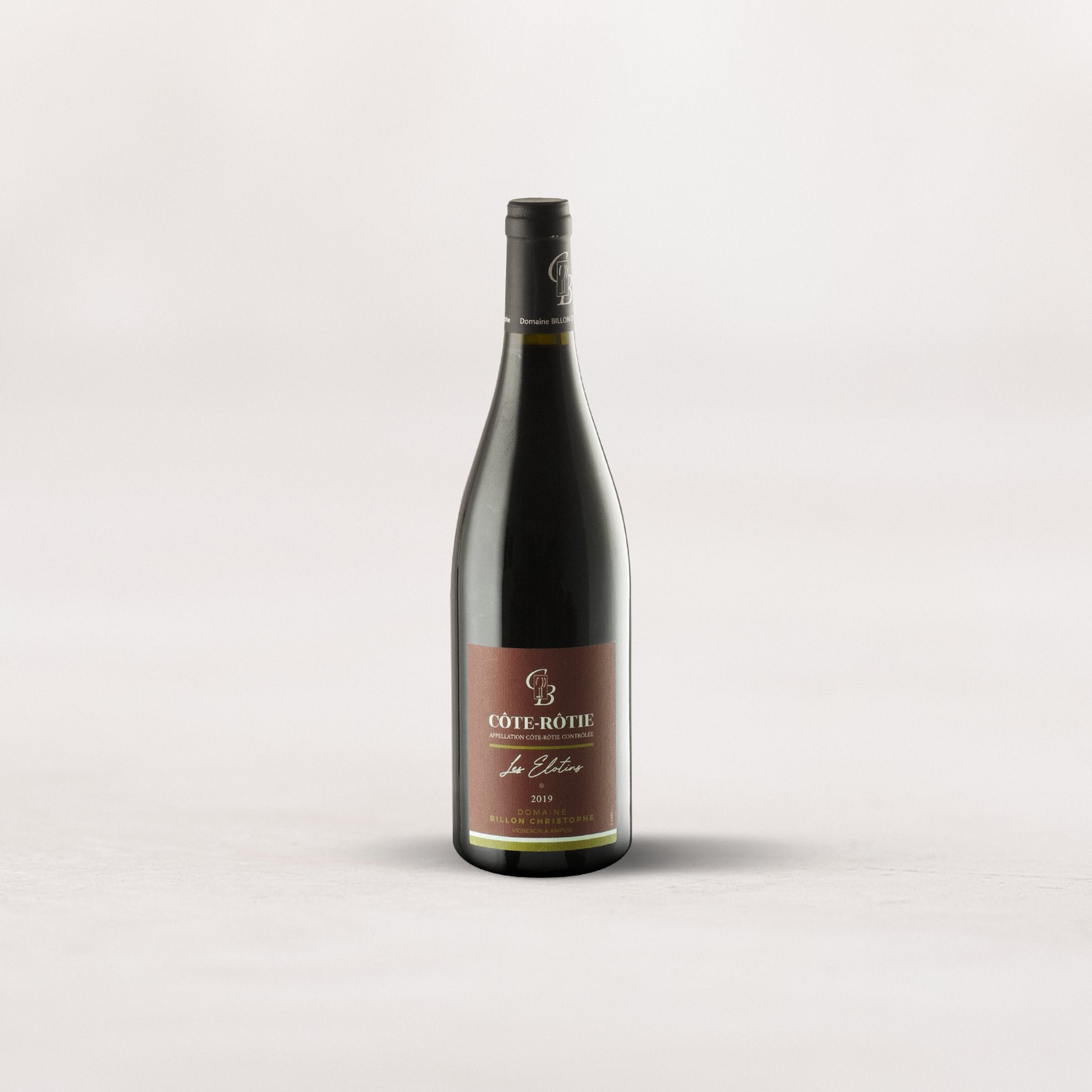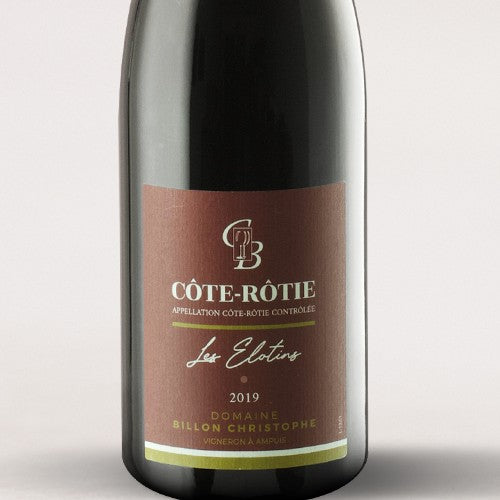Frankly, we thought the days of getting great Pinot Noir for $30 were long gone. After all, merely solid Bourgogne Rouge can often approach $50 a bottle, and top notch Willamette producers are just as greedily fought over as their California counterparts. And then we tasted Allimant-Laugner’s 2022 Pinot Noir and were quickly corrected. Put simply, this is liable to be the best Pinot value we’ll offer all year – a silken, black-fruit-soaked beauty struck through with such complexity it warrants a price tag twice as high. The pedigree crammed into such an affordable wine is mind-boggling, coming to us from 40-year-old vines farmed by a family with eleven generations and over two hundred years’ experience in the region. Even in a region where Pinot Noir flies under the radar, it rarely comes with this kind of quality to price ratio. This is an opportunity that no one should miss: Forget all the Grand Cru bottlings, a Pinot this good for this price is the true rarity!
Pinot Noir certainly isn’t the first variety most folks think of when they think of Alsace. In most peoples’ minds, it’s home to some of the world’s greatest white wines, maybe a smattering of bankable bubbly. But Pinot’s got almost as long a history here as it does in Burgundy, the same Cistercian monks who planted it in the Côte d’Or having carried it through Alsace on their way to Germany. It now accounts for close to 10% of the total plantings in the region, though most of it goes toward Champagne-method sparkling wines. For a long time, the few red bottlings of Pinot available would be rustic, overly tannic and unbalanced. Now, though, in the era of climate change, the variety can often ripen before growers get excessive alcohols. Strong diurnal temperature swings and the cooling breezes of pine forests surrounding the vineyards help preserve acidity. Combined with a more delicate touch in the winery and gentler extractions, a handful of Alsatian producers are now turning out fruit-loaded yet beautifully elegant examples of the variety.
The story of the Allimant-Laugner estate stretches back to 1816. When Françoise-Antoine Allimant returned from the Napoleonic Wars, he purchased some vines to supplement his family’s farm holdings. For over a hundred years, the Allimant clan farmed grains, stone fruits, and other crops alongside their grapes. When Mariette Allimant and her husband René Laugner came into the fold in 1949, the family made a major change. They began to bottle the wine they made at the estate rather than sell it to a négociant, and thus switched their farming focus to viticulture. Mariette and René’s grandson Nicolas now heads up the property, and he’s brought his own ideas with him. Their 12 hectares of vines are now in conversion to organic farming, and they now use strictly spontaneous fermentations in the cellar.
Allimant-Laugner’s Pinot Noir is planted in the family’s only vineyard over limestone, imbuing the resulting wine with a Burgundian sense of mineral verve. The hand-harvested fruit is destemmed and macerated on the skins for only a week, making for a juicy and vibrant take on the variety. It pours a deep ruby with purple highlights, and the nose is a riot of black and red berry fruit. Blackberry, boysenberry, redcurrant, pomegranate, and cherry pit all combine with dusky, smoky undertones. There’s classic forest floor and mushroom notes, but they take a backseat to the fruit and lifted rose petal aromatics. The palate is medium-bodied, soft and mouth-coating, tannins just there in sandy form, closing with a firm throughline of gunflint stoniness and enlivening acidity. There’s no doubt this will hold well in your cellar for a few years, but honestly, it’s so pleasurable right now, there’s not much point in waiting. And definitely don’t wait to stock up; Pinot Noir value like this doesn’t stick around long!











